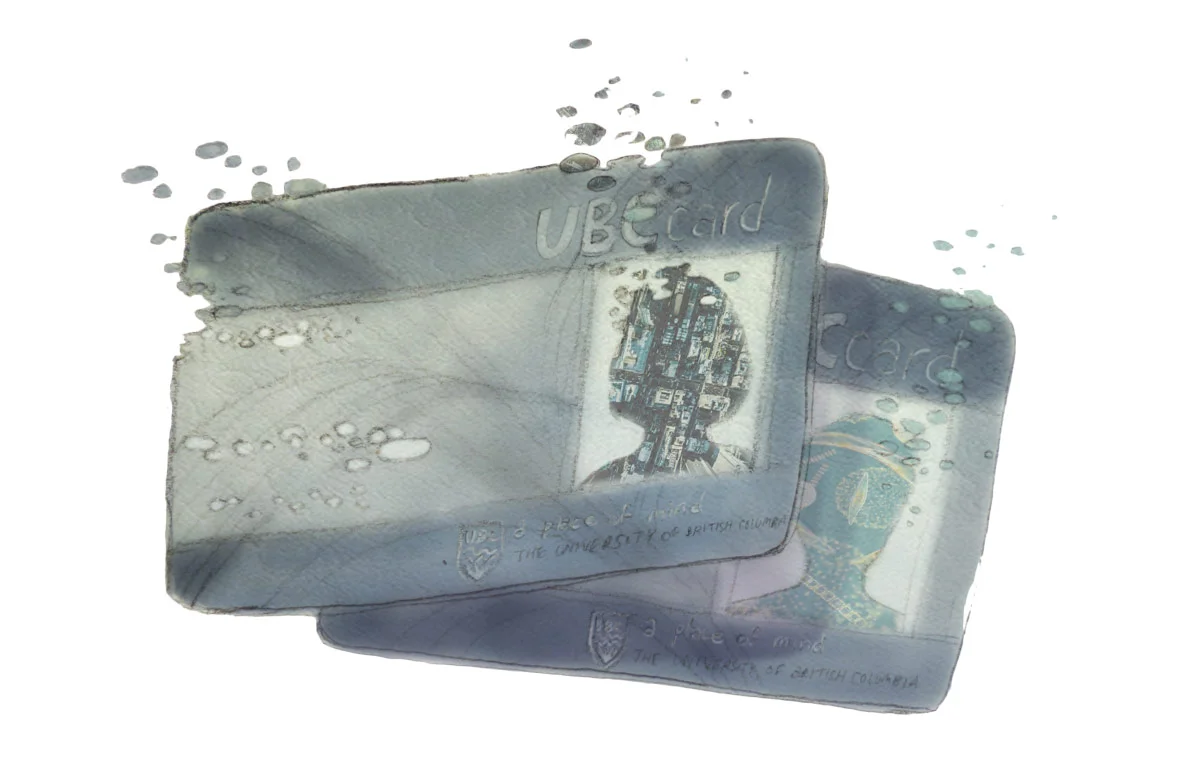
UBC prides itself for being open to staff, faculty and students from all walks of life. But its financial statements show a clear lack of diversity at the top of the university's payroll.
The wage gap between men, women and minorities seen at the top ranks of UBC mirror trends at the tops of corporations in other industries. According to this year’s Financial Information Act Report, people of colour made up only 26 per cent of UBC's top 50 highest-paid staff. Only 20 per cent of those staff were women.
“We have blatant disadvantages at the top because disadvantage [and] privilege accumulates across careers,” said UBC Associate Professor of Sociology Dr. Elizabeth Hirsh.
In 2017, UBC’s highest-paid faculty and staff included Dean of the Faculty of Medicine Dermot Kelleher, UBC’s former President Arvind Gupta and President and CEO of UBC Properties Trust Aubrey Kelly.
At the top of the list is UBC President and Vice Chancellor Santa Ono, who was paid $597,224 and who reported $155,299 in expenses.
The only woman to crack the top 20 was Sauder Professor Dr. Kai Li, who earned $465,063.
The average salaries of the top 10 highest-paid men on the list was $502,539, whereas the average salaries of the top 10 highest-paid women was $355,623.
These figures don’t include expenses, employment insurance and the Canada pension plan.
“A lot of what you see are subtle differences in the careers of men and women in academic organizations in terms of funding requirements — who is deemed competent for awards — and excellence may be recognized in a way that is gendered,” said Hirsh.
UBC says it is working to improve the representation of women at higher levels of university administration.
Steps are being taken “to [develop] more diverse pools of qualified candidates into the future so that there is increased diverse representation in all roles at UBC,” said Dr. Jennifer Love, Senior Advisor to the Provost on Women Faculty at UBC.
Visible minorities are also disproportionately underrepresented in the higher end of UBC’s pay scale.
Only 26 per cent of the 50 highest-paid employees were people of colour, signalling inequities in access to top level positions.
Hirsh says that racialized employees face challenges in advancing in the workplace because of “implicit biases in assessments for awards, funding, and promotions,” that can accumulate over a career — even in institutions that welcome diversity.
To move from ideals to reality, Hirsh says UBC should aim for equity at all levels of the organization.
“Cultivating that leadership at lower-levels of the organization is important to be sure that women and racialized scholars are encouraged to seek out those lower-end leadership positions that would then propel them into higher-rank leadership positions later on in their careers,” said Hirsh.
The university says it’s taking concrete steps to achieve pay equity at various levels within the university, like the recent appointment of Dr. Minelle Mahtani as the first-ever Senior Advisor to the Provost on Racialized Faculty earlier this year.
“This new position will support our institutional commitment to advancing equity and inclusion in the scholarly and leadership environment for faculty at UBC,” said Love.
But Hirsh says making greater equity and inclusion a reality is often easier said than done.
“The university has very much embraced the idea of diversity and the idea of equity, but actually turning that into an empirical reality is hard, [and] it requires hard work,” said Hirsh.

